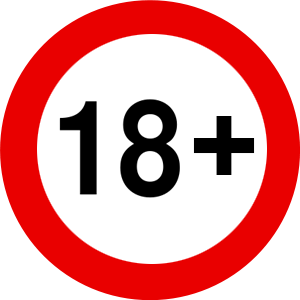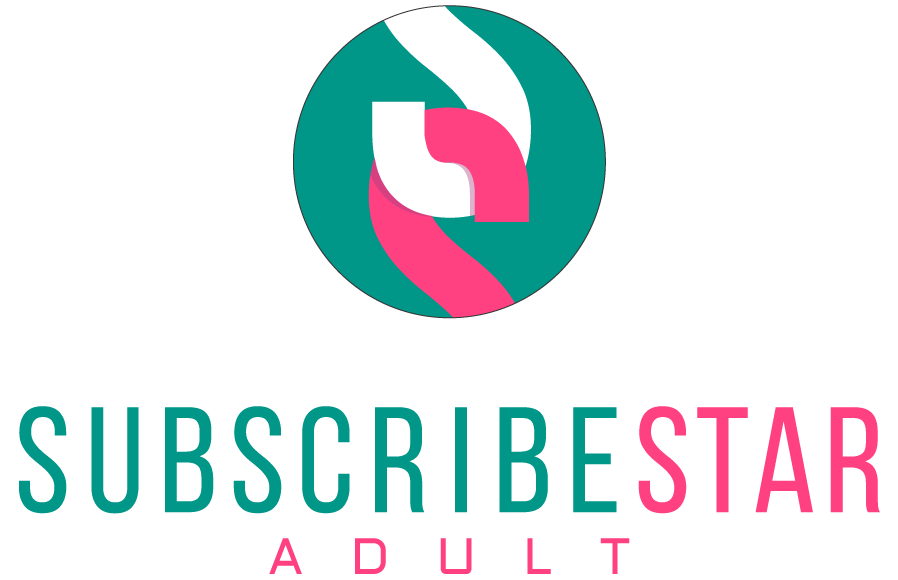update
i have finished the sketch and will start inking soon, but the majority of the time since last update i have spent on testing new papers and methods of painting with minimal rippling, flattening them trying not to let the dimensions of the paper change too much ^-^
the method i have landed on as the most useful to me is basically, soak the paper in water for a few minutes, then put it up on the drawing surface (in my case plexi glass) so it is flattened to it.
then i wait for the surface to dry to the point of it being dry to the touch, at which point i can treat it as i would when i do wet on wet painting, this method makes it not buckle at all because both front and back of paper are moist enough (paper ripples seem to happen when there is a big difference in wetness of parts of it, so with dry back it ripples more)
this also keeps the wetted areas i'm painting on moist for longer so i don't have to re-wet it too often, however this does mean the ink takes longer to dry so waiting period is increased by a lot.
after it's all done there will be still some bending, but the following flattening method pretty much solves those completely.
i wet the paper fully until floppy (i'm using acrylic inks they're waterproof, don't try this with watercolors), then sandwich it between two pieces of baking paper and then two paper towels (with no staining print) and then sandwich all of it between two pieces of plexi glass, then put it on a flat surface with some books on top for compression.
i'm still testing what amount of compression works best since too much leaves the paper still a tiny bit damp after a couple of days which causes paper to bend again, but i'll be testing all this more.
i have tested 3 papers;
1. 150 gsm rough watercolor paper by folia
- a really cheap paper that is not very good unless you stretch it, it buckles A LOT, even more than my pencil paper that i usually use
2. 300 gsm smooth watercolor paper by derwent
- expensive paper, but also twice as heavy, pretty good it doesn't buckle much, but the texture is too smooth for my liking
3. 300 gsm satine watercolor paper by arches (hot pressed cotton)
- expensive paper, very good surface texture and very smooth painting experience, my favorite so far
all 3 do well on the light-pad, but the heavier ones have a fuzzier image which actually works well for me
i was looking into paper stretchers as well, but most of them are bigger than my scanner can take so i couldn't scan in between inking and coloring, so for now i'll explore this method further ^-^
ps, the numbers in the picture are measurements by how much the paper stretched after it was dried and flattened




